Affiliate links on Android Authority may earn us a commission. Learn more.
Bluetooth LE Audio might not be the winner we all think it is
Published onJanuary 14, 2023
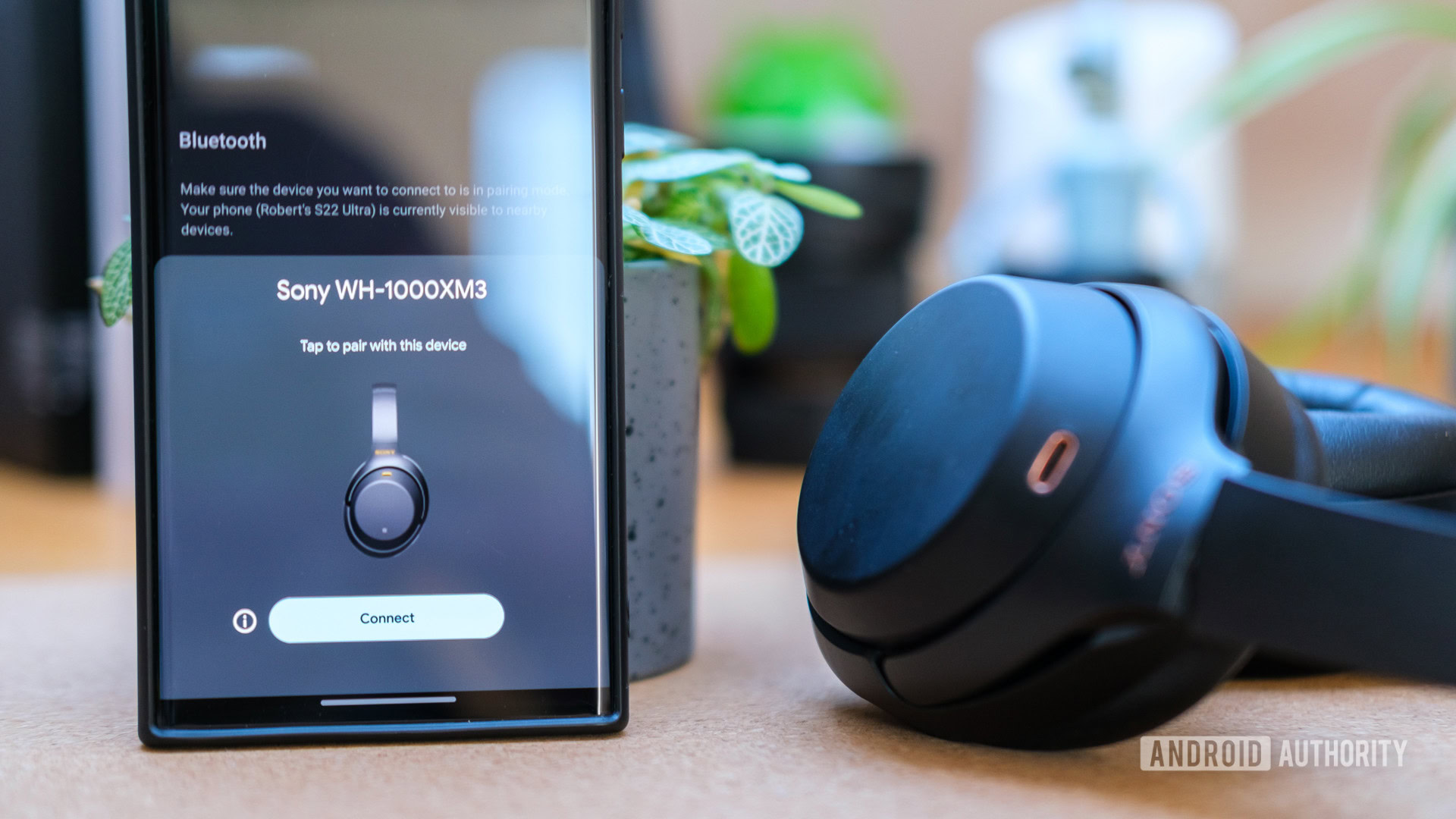
Recent advances in Bluetooth audio technology have their eyes firmly set on changing the wireless landscape forever. We could see lower latency, and high-quality audio connections rolled out en masse. Improved efficiency and reduced battery life consumption will help people get more out of their devices. Accessibility functions for the hard-of-hearing, improved microphone quality, and audio sharing are also likely to feature.
But can this bold new technology, with all its applications, truly deliver? Well, LC3 and Bluetooth LE Audio are aiming high but the tech might not be the winner we think it is. Let’s take stock of the pros and cons.
Connectivity made easier is the goal
From SBC to aptX HD and everything in between, users have a plethora of Bluetooth codecs and connectivity options to choose from. The problem is, making the most of high-end proprietary features requires a mutually shared codec. If your Bluetooth headphones and smart device don’t “match up” wirelessly, you could be forced onto a less feature-rich, lower-bitrate connection. That means you’re more likely to miss out on state-of-the-art audio features, like low-latency audio for gaming or high-quality music playback.
'Making the most of proprietary features requires a mutually shared codec.'
For example, OnePlus’ Buds Pro earbuds host the LHDC high-quality Bluetooth codec. While that’s welcome for some OnePlus smartphone users, many other mobile devices don’t support it. You can technically pair the buds with Samsung’s Galaxy S22 phone, for example, but you won’t be able to access LDHC’s high-quality 900kbps or 96kHz/24-bit audio features. Instead, your connection would be forced onto the more common but lower-quality AAC or SBC Bluetooth codec. While that might be fine for some listeners, it won’t appease those looking for high-quality streaming, and somewhat defeats the point of paying for this feature in the first place. This same problem exists when pairing lots of other smartphones with headphones from other brands.
But this is where LC3 and Bluetooth LE Audio aim to bridge the gap. LC3 serves as a low-bitrate, high-audio-quality replacement to the default SBC codec, in essence, simplifying the now complex and competitive high-end wireless market. It promises cross-compatibility, but can it achieve its aims?
What do LC3 and Bluetooth LE Audio really offer?
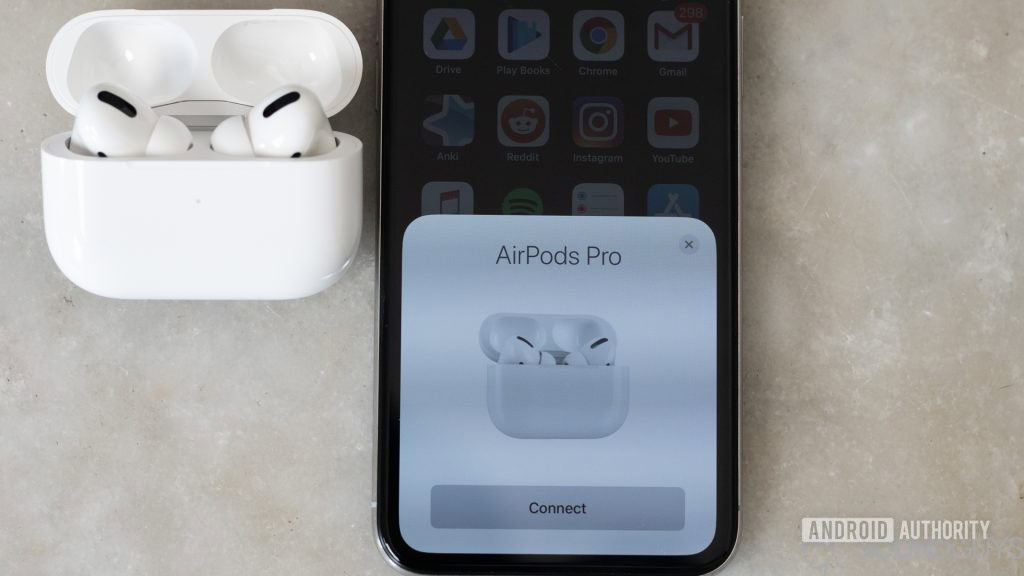
To get a real sense of what the Low Complexity Communications Codec (LC3) can offer, we need to understand the difference between Bluetooth radio types. In essence, there are two: Bluetooth Classic and Bluetooth LE (low energy). With the exception of Qualcomm’s recent inclusion of low energy aptX Lossless into its Snapdragon Sound chips, most audio codecs, including SBC, aptX, and LDAC, transfer over Bluetooth Classic. While Bluetooth LE can handle up to 1MB/s, the added headroom of Bluetooth Classic allows for distance/packet loss, hence the high data rates of codecs like LDAC and LDHC. However, that comes at the cost of extra power consumption and fewer features.
LC3 compresses and transfers larger bits of data over the limited bandwidth of Bluetooth LE. For example, LC3 compresses data from 345kbps down to about 160kbps. The old Bluetooth Classic default audio option, SBC compresses from 345kbps down to about 240kbps. The difference here is that SBC loses more of its audio quality in the process. That makes LC3 very attractive indeed, especially as it’s the most compact Bluetooth codec for wireless audio to date.
'LC3 is scalable, ensuring a robust connection and longer listening distances.
It’s also a scalable format. While LDAC scales down in three specific steps (990Kbps, 660Kbps, and 330Kbps,) the audio quality of LC3 decreases dynamically in line with the wireless connection quality. If that sounds familiar, aptX Adaptive does the same thing. That may sound negative, but it’s actually very handy. For example, you can retain connectivity when listening at longer ranges from your device. You could also keep listening to your music in congested radio environments. It may transmit lossy music in certain situations, but the practical implications are undoubtedly beneficial.
Bluetooth LE Audio is about more than music
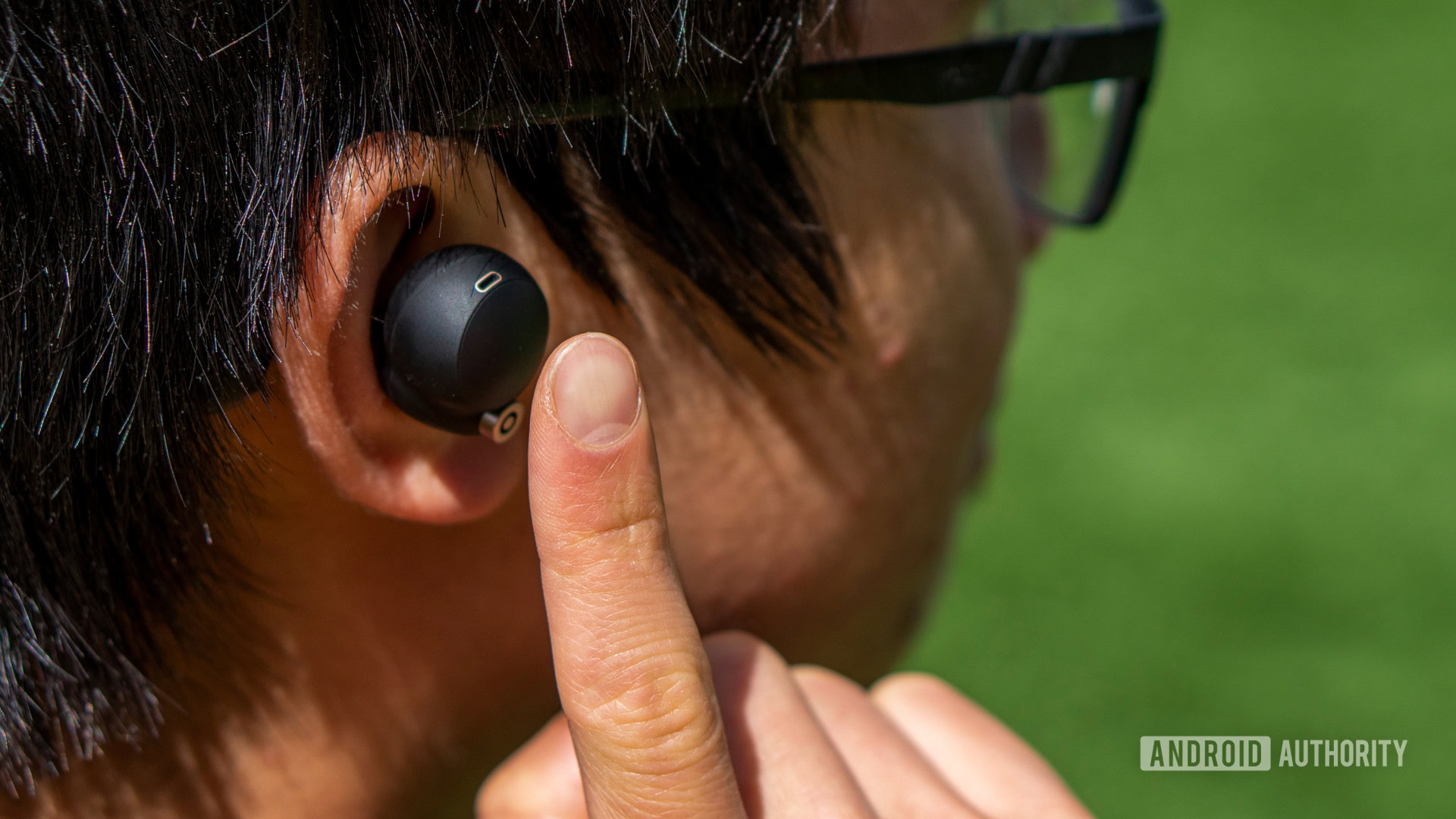
Bluetooth LE Audio isn’t just about more efficient power usage and longer range, though. It paves the way for better accessibility and smarter controls. Unlike the old standard, LE Audio introduces a number of profiles to enable exciting new features.
For the hard of hearing, LE Audio claims multi-stream capabilities. That means transmitting individual audio signals between the left and right earphones, down to about 20 microseconds of latency. In addition to improved audio quality, this could benefit medical sensors that need to be located between the ears.
'Bluetooth LE Audio is designed to empower hearables too.'
There’s also a new and exciting piece of technology on the block: Auracast. Rather than hearing aids capturing sounds acoustically through microphones, Auracast allows users to connect their hearing aids directly to the source. With enough support, we could see widespread usage of this technology in movie theaters and church sermons, or even at sporting events. Seeing as LE Audio uses less battery life, hearing aids and earbuds should get smaller, too. That will make it easier to wear them for longer periods of time. Combined with Auracast, this is a huge leap forward for hearing aid users. If you’re following hearables technology, Bluetooth LE Audio is likely to feature.
Surround sound stands to benefit, too. Bluetooth LE Audio marks the next stage in this field. Higher quality and a larger number of multi-channel connections will increase the accuracy of spatial audio. It also supports multiple synchronous streaming from a single device. That’s handy, as two or more listeners can stream the same audio from a single device over two separate headphones. Audio Broadcast takes this even further, allowing many more users to receive synchronized audio at the same time. This is likely to feature in public spaces, such as bars or cinemas. Hearing aids will no doubt boast this capability for the hearing-impaired.
Context types offer more control

One of the most exciting innovations alongside Bluetooth LE Audio is context types. With Bluetooth Classic, the audio conversation between any two devices is simply sent as a singular data signal. Essentially — “I want to make an audio connection with you.” While that works fine for single-purpose Bluetooth profiles like HFP and A2DP, it’s a little more complex for LE Audio. That’s because audio streams through Bluetooth LE Audio could be used for any number of purposes, from ringtones to voice recognition to playing music and giving sat nav instructions. In that sense, it’s useful to know a little more information about the intended purpose of the audio signal.
'Audio streams over Bluetooth LE Audio could be used for any number of purposes.'
That’s where context types come in. Users can express which context type they are prepared to accept at any point in time. For example, a hearing aid wearer wants to have a private, non-Bluetooth conversation. If they choose, they could set their hearing aids to block streams associated with the “incoming call” context type. That’s more universal than setting a phone on silent. The context type will reject calls from any phone or VoIP that’s connected. You could even set a context type while on a phone call. That way, users can prevent any other incoming call from another device from interrupting their current conversation. For users with multiple cell phones, this could be incredibly helpful.
And it doesn’t stop there. You could prioritize the type of alerts you want to accept while listening to a main audio stream. For example, you’ve put a pizza in the oven and want to hear the alarm when it’s cooked. If you’re watching a movie, you could have your earbuds set to reject intrusive phone calls, while accepting the alarm. You could even instruct your hearing aids to prioritize alerts from your fire or burglar alarm. Prioritizing context types gives users more control over their day-to-day listening experiences.
Proprietary connectivity still dominates
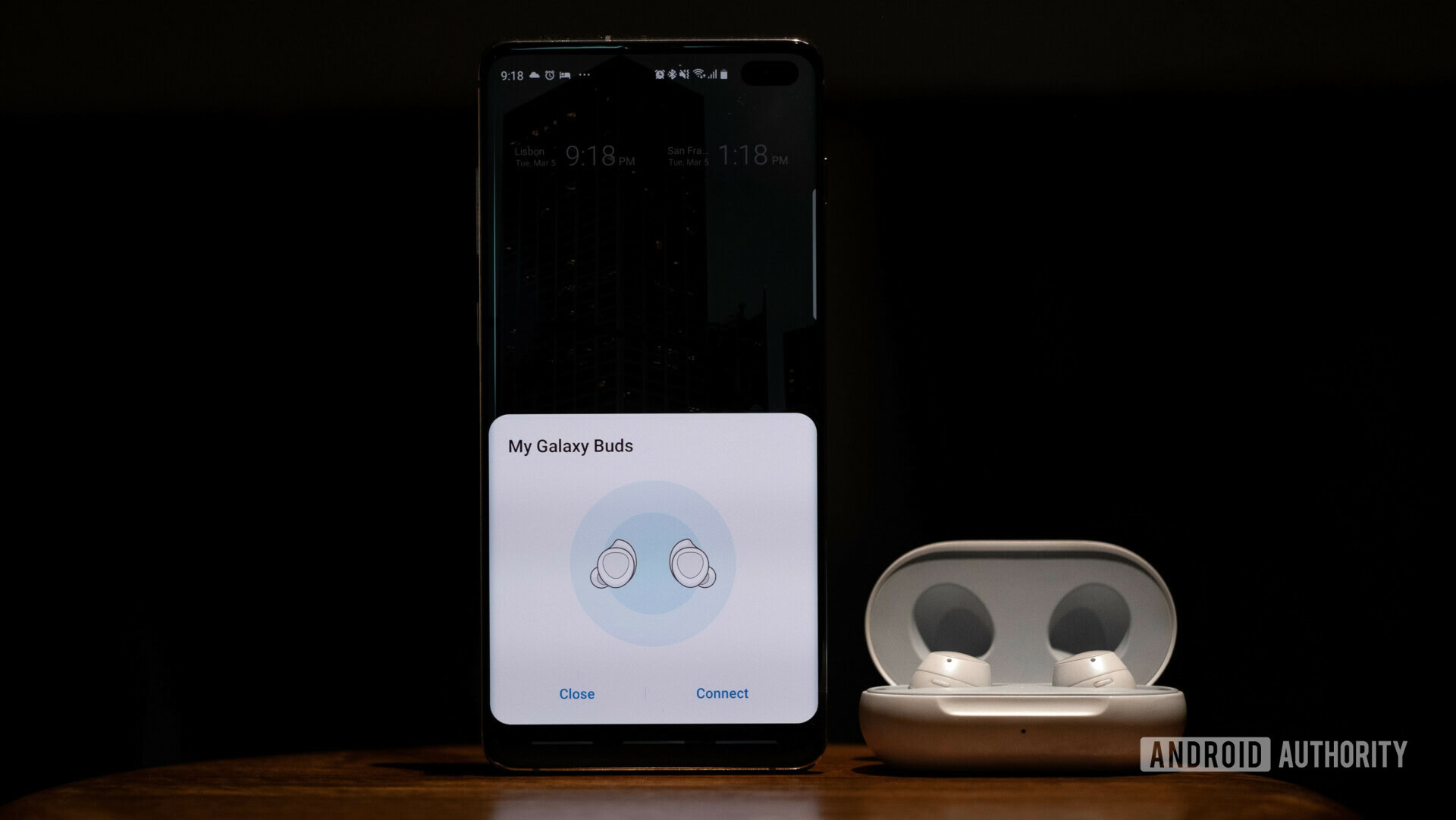
However, despite these exciting features, there are a few things to be wary of when it comes to Bluetooth LE Audio. Most notably, older Bluetooth connections are more embedded into our current mobile ecosystems. New technologies take a long time to roll out. At present, only some Snapdragon 888 or 8 Gen 1 smartphones or newer support Bluetooth LE Audio. Still, unless we all upgrade, it will be a long while until this technology is ubiquitous.
You also have to consider headphone brands adopting the standard. As mentioned earlier, both devices need to share a common Bluetooth codec in order to benefit from high-end audio features. That means you’d need both a smartphone and headphones that support LC3/ Bluetooth LE Audio. Pairing those up in the short term will be costly. Out of the box, LC3 and Bluetooth LE Audio may not offer the functionalities we’ve grown accustomed to.
'Bluetooth LE Audio doesn't currently support lossless music, which is gaining momentum.'
Another example is the increasing adoption of lossless music capabilities by proprietary Bluetooth codecs. Whether it’s Oppo or aptX, the trend is clear that consumers are shifting towards listening losslessly. You’ll want such a feature to benefit from TIDAL HiFi, Deezer, and Amazon Music Unlimited subscriptions, which all offer lossless streaming. By contrast, Bluetooth LE Audio doesn’t currently support lossless music; its focus is much broader at the moment. That means people looking for the highest quality wireless audio options may stick with current, proprietary Bluetooth connections. Thankfully, these can/will likely still be supported on LE-capable headphones too.
Interoperability brings hurdles
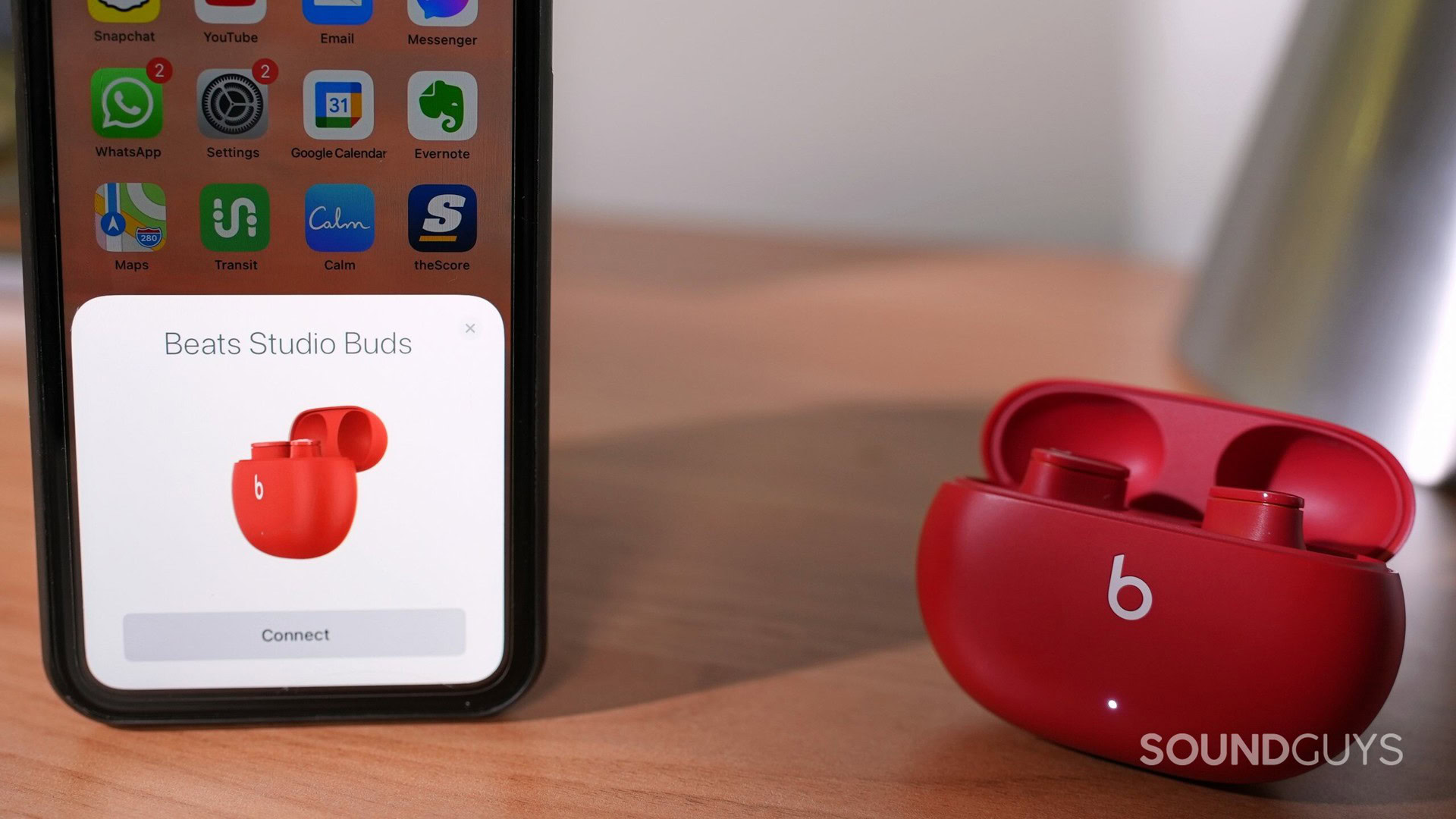
Even if you end up picking up compatible devices, that’s not necessarily a sign of quality. Although Bluetooth in general has lots of interoperability specifications, there’s no strict radio quality requirement for music playback. In short, LE Audio products won’t necessarily be an improvement over current models in terms of connection quality.
It’s impossible for the Bluetooth SIG to mandate end-to-end radio control, given that it doesn’t make chipsets. That means that there’s no guarantee that any device supporting Bluetooth LE Audio will host a super robust connection. While this shouldn’t be a problem for LC3 playback speeds of 256kbps, it’s worth knowing that some devices might not always reach that in less-than-perfect conditions. Variable signal strength could also cause a bigger bottleneck for rock-solid multi-stream and broadcasting. When data transfer gets heavy, Bluetooth LE Audio might leave users in the lurch if the headphones aren’t properly designed.
'When data transfer gets heavy, Bluetooth LE Audio might leave users in the lurch if headphones aren't designed properly.'
By design, the bitrate of LC3 is variable. While the merits of this technology can’t be understated, it won’t necessarily work well in all instances. Users opting for cheaper headphones with poor quality or badly located transmitters could find themselves streaming poor-quality music at very low bit rates or consuming more battery to sure up the radio connection. Although poor radio issues exist in today’s cheaper headphones too, at least SBC is consistent across all Bluetooth versions. The same might not be so easily said for LC3.
Bluetooth LE Audio — is it worth it?
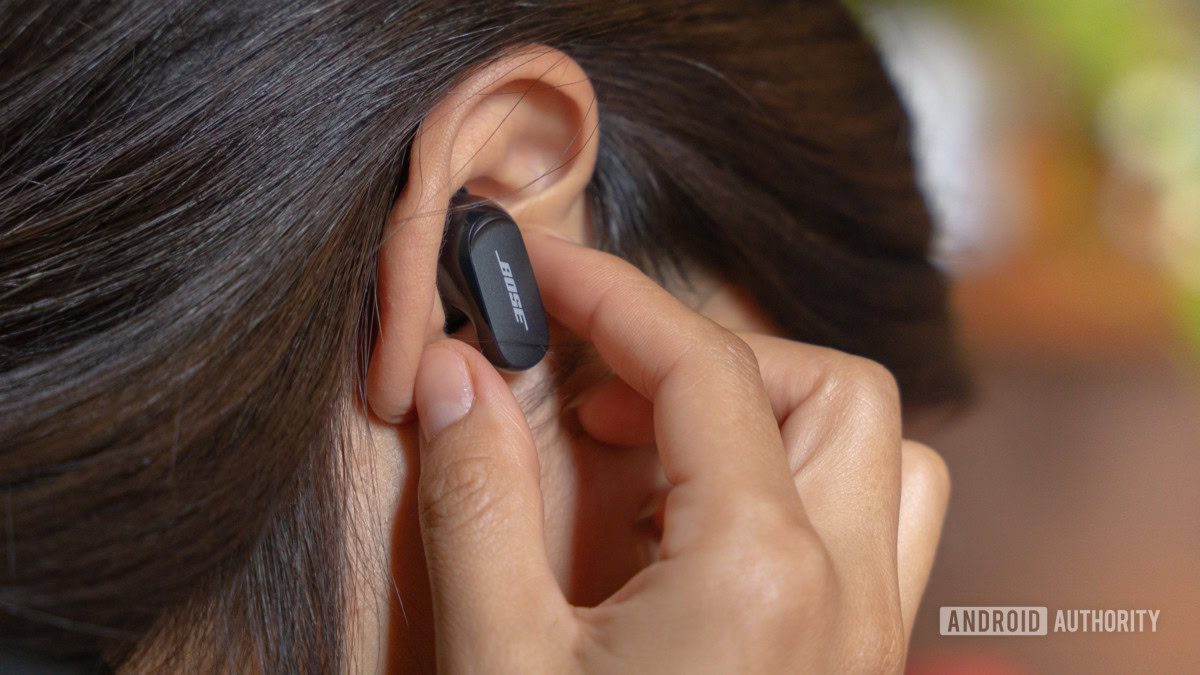
In a nutshell, Bluetooth LE Audio breathes new life into the true wireless headphone market. It finally gives developers an adjustable trade-off between audio quality and power usage. What was once a very linear data connection now has endless possibilities. By taking advantage of multi-stream capabilities, users can connect like never before, whether that’s with other wireless users in close proximity, or for the hearing impaired at outdoor stadiums. The promise of interoperability should, in theory, make wireless connection simpler.
'The promise of interoperability should make wireless connection simpler.'
However, the caveats to all of this are time, integration, and price. Without Bluetooth 5.2 installed, devices cannot host Bluetooth LE Audio. Unless you’re truly up-to-date with the latest gadgets, you’ll likely have to wait a few years. You’ll also need quite a bit of pocket money, given that smartphones capable of hosting LE Audio and LC3 are newer, flagship models. Because of this, the adoption of LC3 is much more likely to be a slow trickle, as opposed to a big bang moment. Given that lossless music streaming is on the up, users may decide to stick with high-data transfer codecs, like aptX HD or LDAC, bypassing the other benefits of LE audio. Combined with variable bitrates, those looking for cheaper headphones might be inclined to stay away for the foreseeable future.
LC3 and Bluetooth LE Audio may be the golden ticket we’ve all been waiting for. But we’ll have to wait to see how well the technology prints.